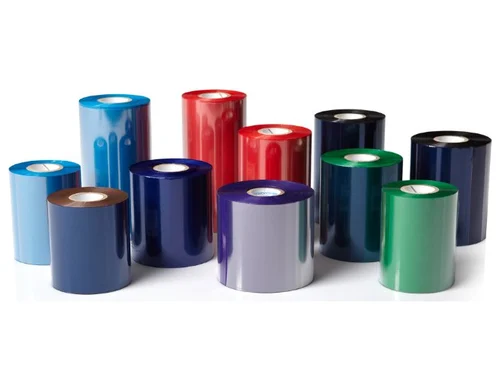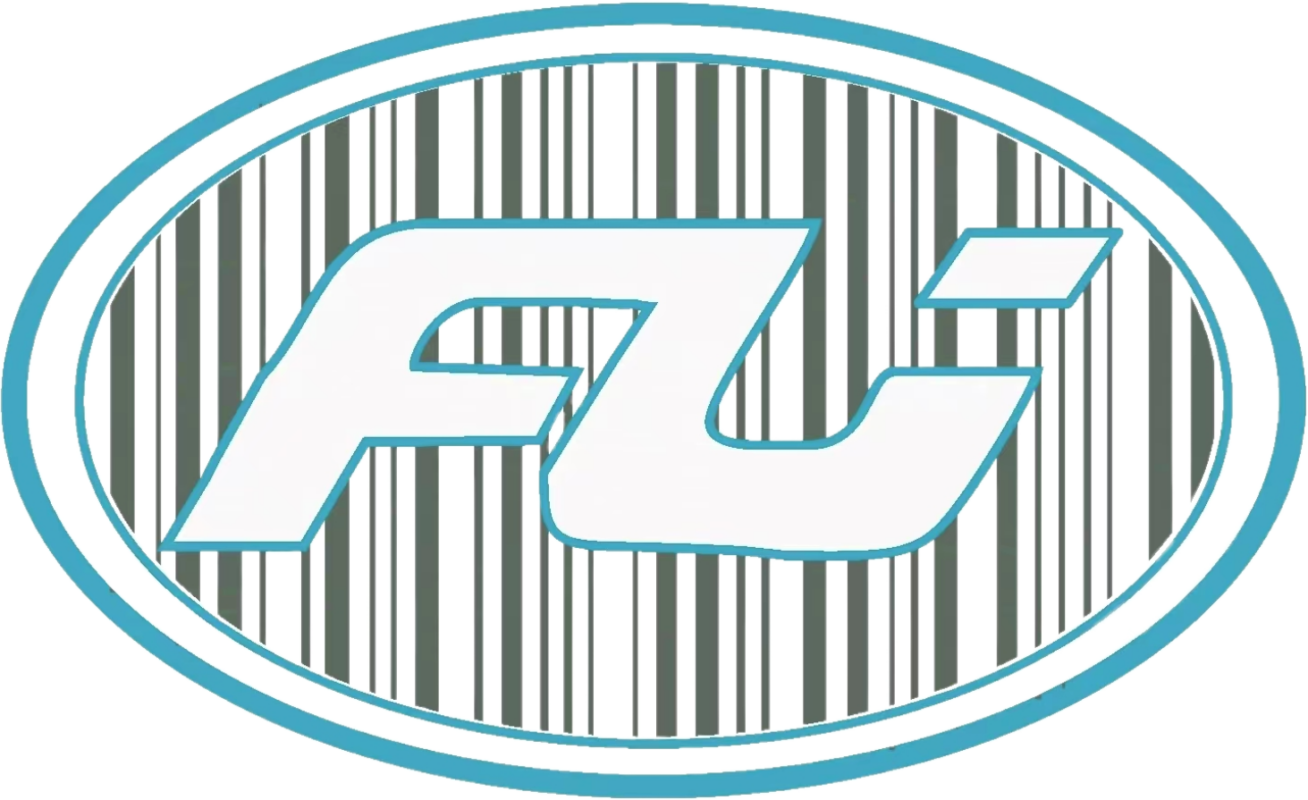Introductions
Accurate and compliant labeling is absolutely vital in the chemical sector if one wants to guarantee safety, satisfy legal requirements, and keep customer trust. Knowing the criteria for chemical labeling is not only a legal need but also a commercial one for distributors and re-sellers.
Essential information about the risks, handling instructions, and storage needs of the product is given by chemical labels, which are therefore a great communication tool. Compliance and good design on a label can help to avoid mishaps, guard consumers, and improve your company’s reputation.
With an eye toward distributor and reseller needs, this article offers a thorough summary of the specifications for chemical labels. This book will help you negotiate the complexity of chemical labeling and guarantee your products satisfy industry standards from knowledge of the fundamental aspects of a compliance label to useful advice for implementation.
Why Chemical Label Requirements Count for Distributors
Chemical labels are pillar of safety and professionalism, not only a legal formality. For distributors and resellers, meeting chemical label criteria is therefore absolutely necessary:
1. Verify Regulatory Compliance
Chemical labeling rules set by governments and international organizations are rather rigorous. Following these guidelines guards against legal fines, product recalls, and reputation damage for your company.
2. Encourage Security
Chemical labels offer vital information on possible risks, safe handling techniques, and emergency responses. Effective labeling guarantees user, staff, and environmental safety as well as lowers the possibility of mishaps.
3. Create Customer Confidence
Professional, accurate labels show your dedication to quality and safety. This fosters long-term alliances and recurring business as well as confidence among your customers.
4. Simplify Dispersal
Clear, consistent labeling helps end users and stores to handle and comprehend your items, therefore streamlining the distribution process.
5. Improve Marketability
Compliance and aesthetically pleasing labels help your items appeal more to consumers, so enhancing your competitive advantage on the market.

Important Specifications for Chemical Labels
Chemical labels have to satisfy particular criteria to guarantee efficiency and compliance. The following are the key components any chemical label should incorporate:
1. Product Identifier
The chemical’s name or unique code is the product identifier. This ought to coincide with the information on the safety data sheet (SDS).
2. Signal Words
Signal words suggest the degree of the risk. Two choices exist:
- Danger: Applied in more severe risks.
- Warning: Used for less serious risks.
3. Hazard Declared Statements
Hazard statements characterise the type and extent of the chemical’s hazards. Like:
- “Has skin irritation.”
- “Highly flammable liquid and vapour.”
4. Pictograms
Standardized symbols called pictograms graphically communicate hazard information. Typical instances would be:
- A flame for combustible materials.
- A skull and crossbones for poisons.
- An exclamation mark for less severe risks or irritants.
5. Preventative Notes
Precautionary statements offer direction on safe handling, storage, and disposal. Consider:
- “Don protective gloves and eye goggles.”
- “Storage in a well-ventilated area.”
6. Identifying Suppliers
Add the supplier’s or distributor’s name, address, and phone number. This guarantees responsibility and offers a point of contact should problems or crises arise.
7. Lot Code, Batch Number
Incorporate a batch number or lot code for traceability needs. For recalls and quality control specifically, this is vital.
8. Emergency Contacts
For an emergency, supply a phone number or other contact information. Many nations have this as a need rather frequently.
9. Language Needed
Make sure the label is written in the official language or languages of the nation the good will be marketed in. Distributing internationally may call for multilingual labels.
Designing Compliance and Effective Chemical Labels
It can be difficult to create chemical labels appealing to your target market and compliant with legal criteria. These pointers should assist you to achieve:
1. Know the Legal Structure
Learn the rules relevant to your market. Common models consist of:
- Globally Harmonized System (GHS): A chemical labeling and classification worldwide standard.
- Occupational Safety and Health Administration (OSHA): Sets U.S. rules on workplace safety including chemical labeling.
- Classification, Labeling, and Packaging (CLP): European Union rules for chemical labeling.
2. Apply Premium Materials
Chemical labels have to resist demanding environments such as chemical exposure, heat, or moisture. Make investments in robust materials like chemical-resistant or waterproof labels.
3. Give Legibility Top Priority
Make sure every symbol and text element are readable. To improve visibility, use contrasting colors, sensible text sizes, and clear typefaces.
4. Include Standardized Pictograms
See uniformity and compliance by using GHS-compliant pictograms. These universally known symbols enable fast communication of hazard information.
5. Feature Barcodes or QR Codes
Including QR tags or barcodes can offer links to instructional videos or the SDS, therefore adding further information. For end users, this improves ease and usability.
6. Tailor for Various Markets
If you export chemicals, be sure your labels satisfy the particular needs of every market. This can call for changing the structure to follow local rules or translating the label into several languages.
7. Review and Update Labels Often
Product compositions and laws vary with time. Review your labels often to be sure they still comply and are correct.
8. Utilize Technology
Design and print your labels using professional services or specialist software. These instruments can assist to guarantee efficiency, compliance, and accuracy.
Benefits for Distributors from Compliant Chemical Labels
Purchasing compliance, premium chemical labels will help distributors and resellers in many different ways:
- Meeting regulatory criteria helps you to avoid fines, recalls, and legal conflicts.
- Clear, precise hazard information will help users, staff, and the surroundings to be protected.
- Professional labels help end users and customers to develop trust.
- Consistent labeling helps distribution and inventory control to be streamlined.
- Beautiful and compliant labels help your items to appeal to consumers.
Conclusion
Product safety, compliance, and marketability all depend on chemical labels in great measure. Building a strong and respectable company depends on distributors and resellers knowing and fulfilling chemical label criteria.
Concentrating on regulatory compliance, premium materials, and efficient design will help you to produce labels that not only satisfy industry standards but also improve the attractiveness of your items. Chemical labeling is not something to undervalue; it’s an investment in long-term profitability, trust, and safety.
Spend some time looking over your labeling policies to make sure your goods have the information required to stand out in a crowded market.
First FAQ
1. What requirements surround chemical labels?
Chemical label requirements are rules guiding the content and style required on labels for chemical products. These criteria guarantee compliance and safety.
2. Why do chemical labels matter?
Chemical labels guarantee users’ safety and legal compliance by including vital information regarding risks, handling, and storage.
3. Describe the GHS system.
An international benchmark for chemical classification and labeling is the GHS, or Globally Harmonised System. It guarantees consistency and security all throughout world marketplaces.
4. On a chemical label, what details are absolutely required?
A chemical label must contain the product identification, signal word, hazard statements, pictograms, precautionary comments, supplier information, and more.
5. How can I guarantee my complying chemical labels?
Learn pertinent rules (e.g., GHS, OSHA, CLP), use durable materials, and routinely check your labels for accuracy and compliance.
6. Are chemical labels multilingual?
Indeed, to satisfy the language needs of various markets, chemical labels sometimes must be multilingual. This guarantees conformity and clarity throughout worldwide dissemination.
Following the advice in this article can help distributors and resellers produce chemical labels that satisfy legal requirements, improve product safety, and propel corporate growth.
